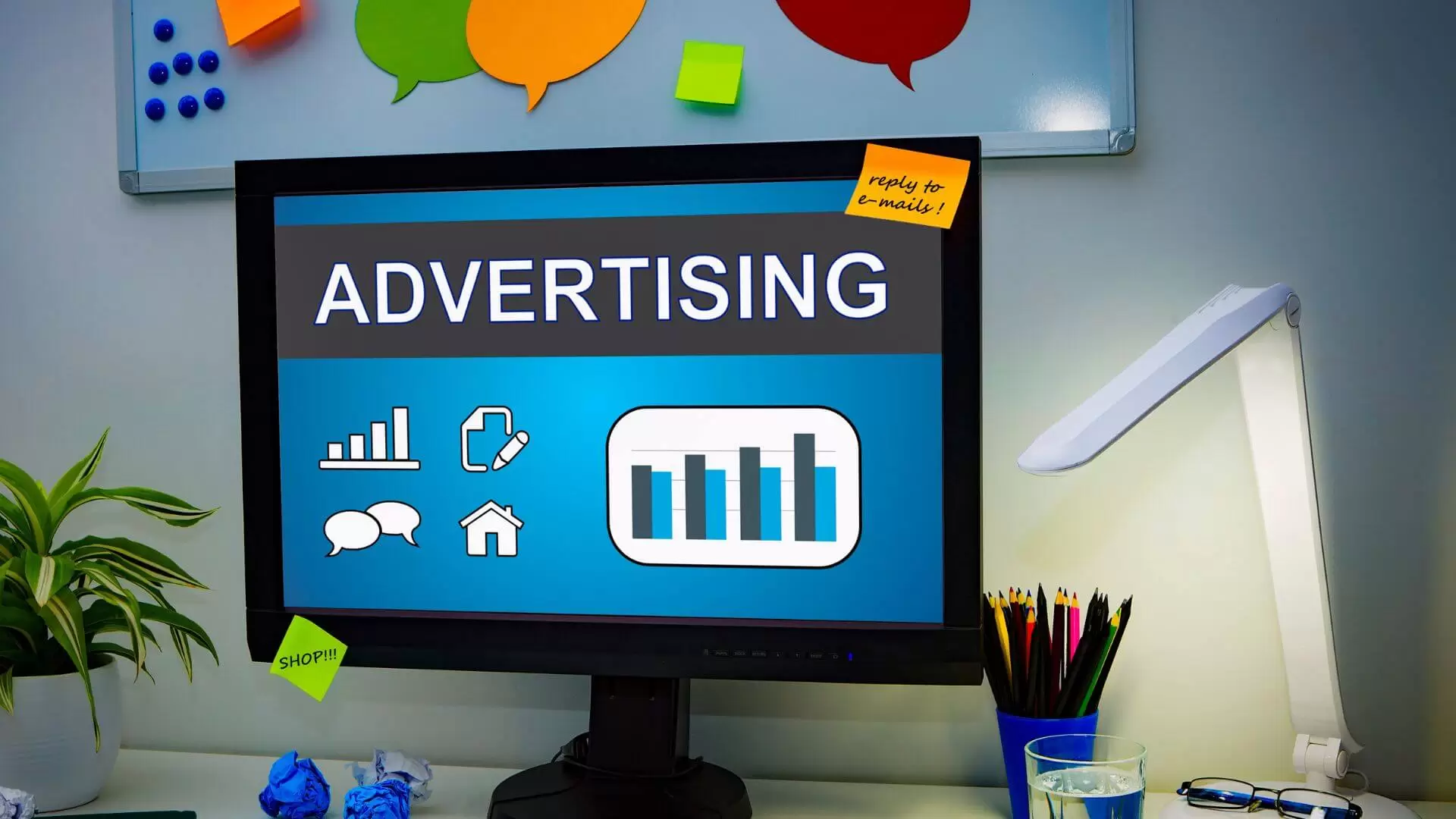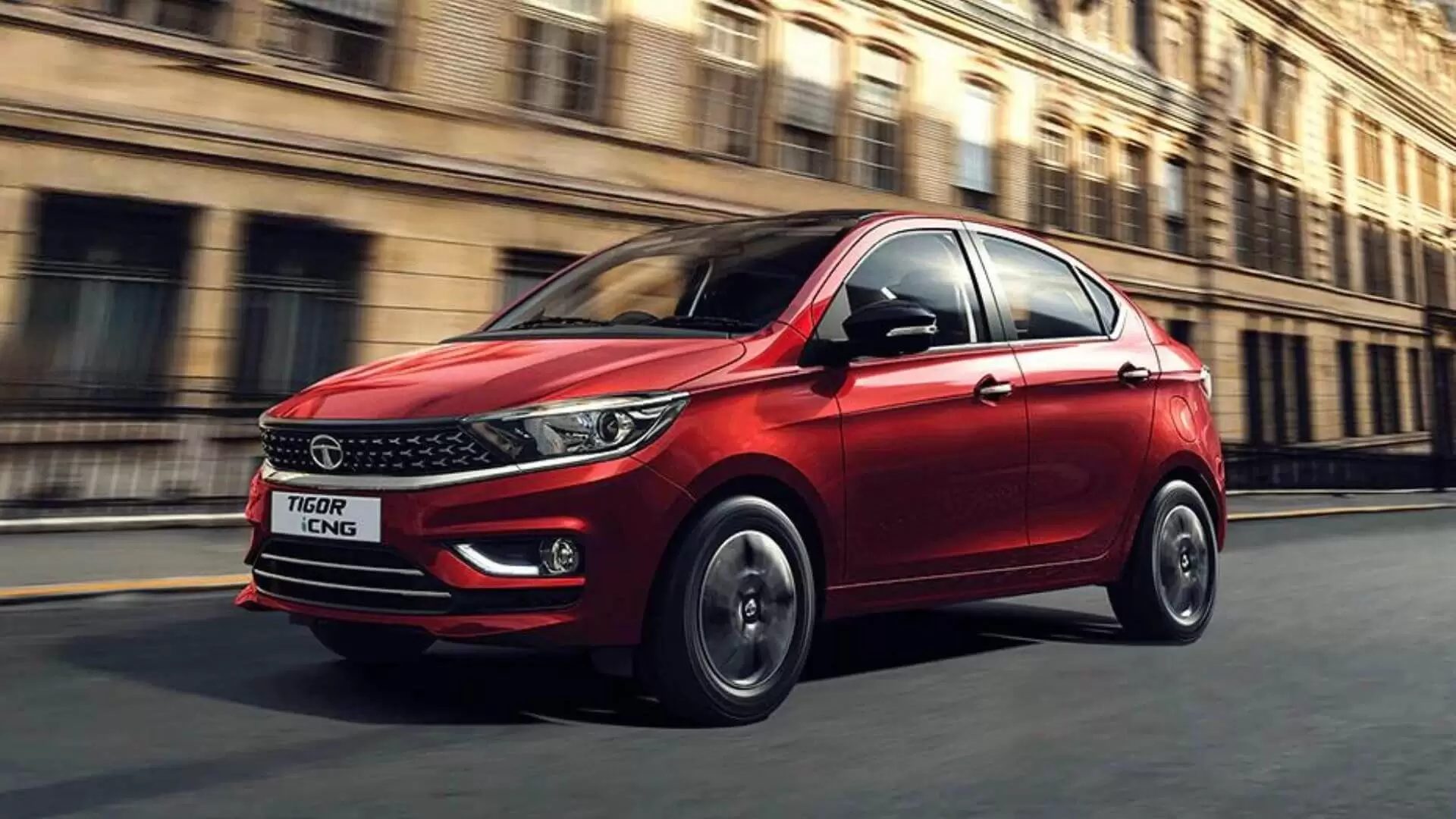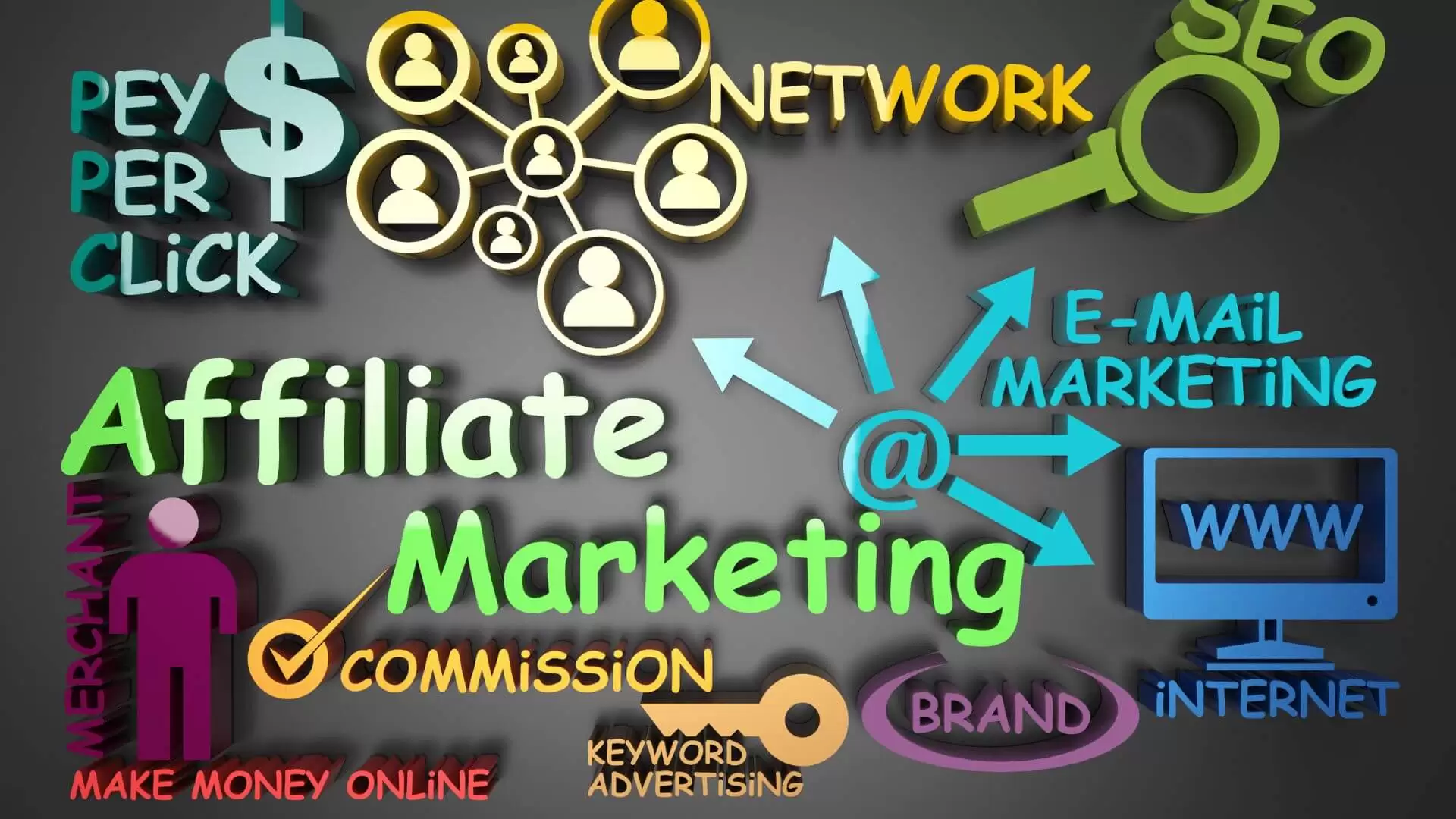A study by ESB Reutlingen and the Munich agency Schmittskatze shows how the market for banner advertising shifted between sectors during the pandemic years 2019 and 2020, how individual players particularly benefited and why it is worth investing in production costs.
The market for display advertising on the Internet is attractive for advertisers of all budget sizes, is developing very dynamically, and is one thing above all: non-transparent. Due to the interaction of advertising companies, networks in the intermediary role, and publishers, the German banner market, which is more than 685 million euros, has so far largely eluded analysis.
A joint study by the ESB Business School in Reutlingen and the Munich agency Schmittskatze sheds light on this. The report is based on an extensive database of all banners shown in the German market for the years 2019 and 2020, which was built by the AdBeat web crawler. The crawler records and measures displayed banner impressions – in Germany alone that was more than 460 billion in 2020.
Falling banner prices due to Corona
For banner advertising, the year 2020 was characterized by Corona and the unexpected lockdown in March, which led to massive uncertainty in many industries. As a result, many companies have cut their marketing and advertising budgets in particular. The German economy experienced the biggest slump in gross domestic product since the 2008 financial crisis.
At the same time, Germans were online much more frequently and for longer. Average internet usage increased by more than 26 percent to 4.3 hours per day in 2020 and the number of banner impressions increased by 7.3 percent to more than 460 billion. The simultaneous decline in demand from advertisers and the increase in the supply of available advertising space created significant competitive pressure, as a result of which prices fell from an average of EUR 1.77 to EUR 1.47 per 1000 impressions. As a result, the display market stagnated in 2020 at around 685 million euros.
Significant shifts between industries and advertisers
How big the effects of Corona were on the market can be shown by comparing the advertising impressions of entire industries over the years. For example, there was a very significant decline in both the tourism industry and in the household electronics sector. At the same time, other industries took advantage of the resulting gap and increased their activities: the healthcare sector doubled the impressions to more than 27 billion and the telecom industry more than tripled the impressions to more than 38 billion.
However, the telecommunications sector, in particular, shows how heterogeneous the reactions within an industry are, although similar conditions apply to all players: the shift of leisure activities to the Internet and more home office has increased the demand for fast Internet connections. The crisis also accelerated digitization, which made further investments necessary. At the same time, the stationary sales channel had to close and the online channel was ramped up. However, while the brands O2 and Blau, which belong to Telefónica, entered the market much more aggressively and increased their activities substantially, Deutsche Telekom reduced the impressions by almost 50 percent year-on-year!
Ebay with premium strategy and growth in news and mail portals
Clear shifts can also be observed when looking at the top publishers – i.e. pages on which the booked impressions are played out. While eBay and the associated classifieds portal were still leaders in 2019, they slipped significantly in 2020. However, the advertising income in the display area has remained almost the same, so the existing seats were sold at significantly higher prices with a premium strategy.
Ulrich Hattenberger is the founder and managing director of Schmittskatze. His focus is on digital advertising and programmatic advertising. Prior to that, he was a consultant at McKinsey & Company with a focus on marketing and sales. dr David Hanisch is the managing director of Schmittskatze and runs the office in Cologne. Previously, he advised retail and technology companies at Bain & Company and led strategy and customer analytics at C&A. (Source: Schmitt’s cat)
There were large increases in the news portals of “T-Online”, “Bild”, “Focus” and to a lesser extent “Welt”. The large mail portals “Gmx” and “Web.de” were also able to record growth. Youtube is also in the top 10 for the first time, generating the highest advertising revenue with its premium video placements.
Premium advertising media are gaining in importance
In general, premium formats are becoming increasingly popular when it comes to displaying advertising. While image-based banners are still the most common, limiting static or just simply animated content is a clear disadvantage when competing for user attention.
Advertisers have more extensive design options with HTML5 and video banners, where even complex issues can be conveyed through the creative use of animations and interaction options. This is particularly advantageous when it comes to attracting the attention of new users to an offer. However, the production costs for this type of banner are higher, so there is a trade-off between cost and effectiveness. In comparison campaigns, however, 30 to 50 percent more clicks resulted from high-quality advertising media. The leading advertisers increased the share of video and HTML5 banners by almost 50 percent in 2020 and benefited from higher click-through rates and significantly better brand activation.




